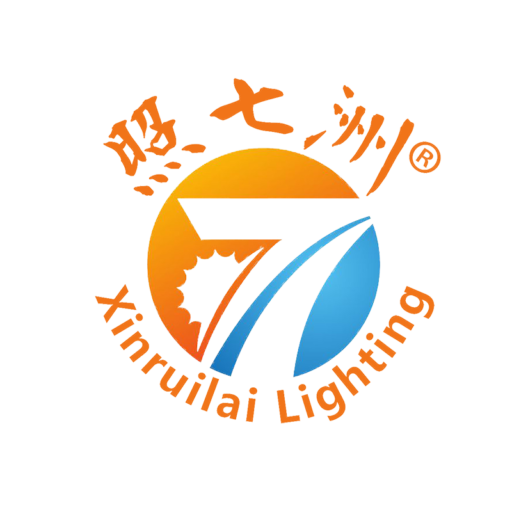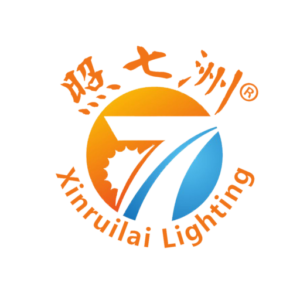Light Emitting Diodes—commonly known as LEDs—have revolutionized modern lighting. From residential bulbs to high-tech digital displays, LEDs offer energy efficiency, durability, and design flexibility unmatched by traditional lighting systems. But how exactly do they work? What are their advantages and limitations? And how do you choose the right LED for your needs?
In this in-depth guide, we will explore every essential aspect of LED technology—from science and applications to color guides and voltage requirements.
What is an LED?

LED stands for Light Emitting Diode. It is a semiconductor device that emits visible light when an electric current passes through it.
Understanding the Basics
- Semiconductor Functionality
At the core of every LED is a semiconductor chip. This material allows electrons and holes to move in a controlled way, releasing energy in the form of light.
- Solid-State Lighting
LEDs belong to the category of solid-state lighting (SSL), meaning they do not use filaments, gas, or moving parts. This makes them more reliable and longer-lasting.
- Low Heat Emission
Unlike incandescent bulbs, LEDs produce minimal heat, making them safer and more efficient.
- Size and Versatility
LEDs are compact and can be used individually or grouped into arrays, making them adaptable for everything from smartphone screens to massive billboards.
How LEDs Differ from Traditional Bulbs
- Light Generation Method
Incandescent bulbs generate light by heating a filament until it glows; LEDs produce light through electroluminescence, which is far more efficient.
- Lifespan Comparison
A standard LED can last up to 25,000–50,000 hours, while an incandescent bulb might only last 1,000.
- Energy Use
LEDs use up to 80% less energy than traditional lighting solutions for the same brightness.
What Are the Key Principles of LED?
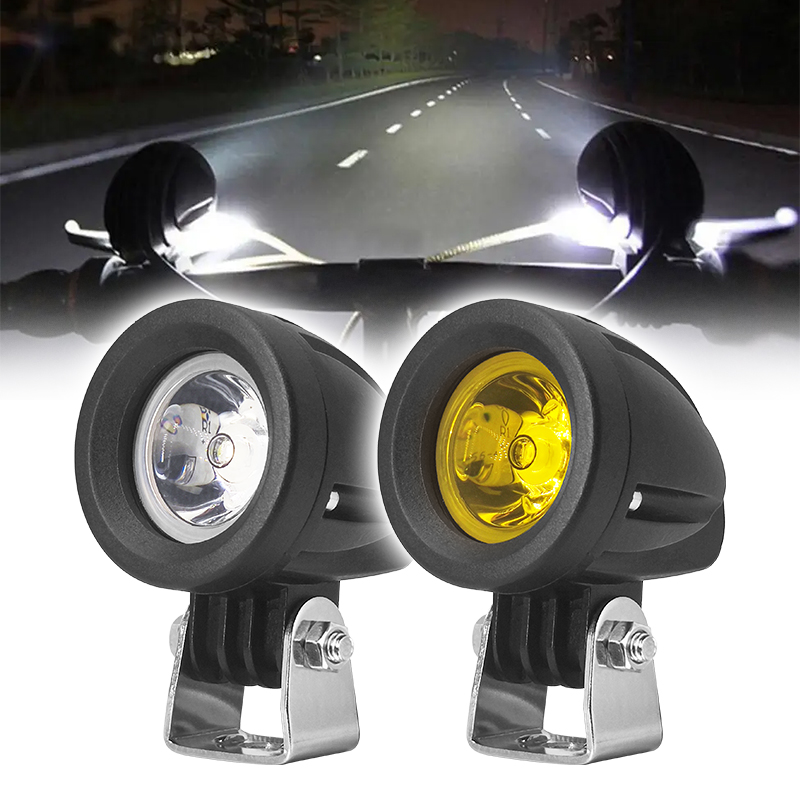
Understanding the scientific principles behind LEDs helps explain their superior performance and efficiency.
Electroluminescence: The Science of Light Emission
- Electron-Hole Recombination
When voltage is applied, electrons recombine with holes in the semiconductor material, releasing energy as photons (light).
- Material-Specific Emission
The color of light depends on the semiconductor material’s bandgap—different materials produce different colors.
- No Infrared or UV
Unlike other light sources, LEDs emit very little infrared or ultraviolet radiation, making them ideal for museums, artwork, and sensitive environments.
Directional Lighting
- Focused Output
LEDs naturally emit light in a single direction, unlike bulbs that radiate light 360°. This makes them ideal for task lighting and spot applications.
- Reduced Light Waste
Directional emission reduces the need for reflectors and diffusers, improving overall system efficiency.
Efficiency and Power Conversion
- High Luminous Efficacy
LEDs convert a greater percentage of electrical energy into visible light compared to incandescent or fluorescent bulbs.
- Less Power, More Light
For instance, a 10-watt LED can provide the same brightness as a 60-watt incandescent bulb.
- Dimming Capabilities
Advanced driver technology allows LEDs to be dimmed without affecting performance or lifespan.
Thermal Management
- Semiconductor Heat Sensitivity
LEDs produce little radiant heat but do generate thermal energy at the junction, which must be dissipated to avoid damage.
- Heat Sinks
Quality LED systems use aluminum or ceramic heat sinks to draw heat away from the semiconductor.
- Lifespan Impact
Poor thermal design can significantly shorten LED life.
What Are the Disadvantages of LED?
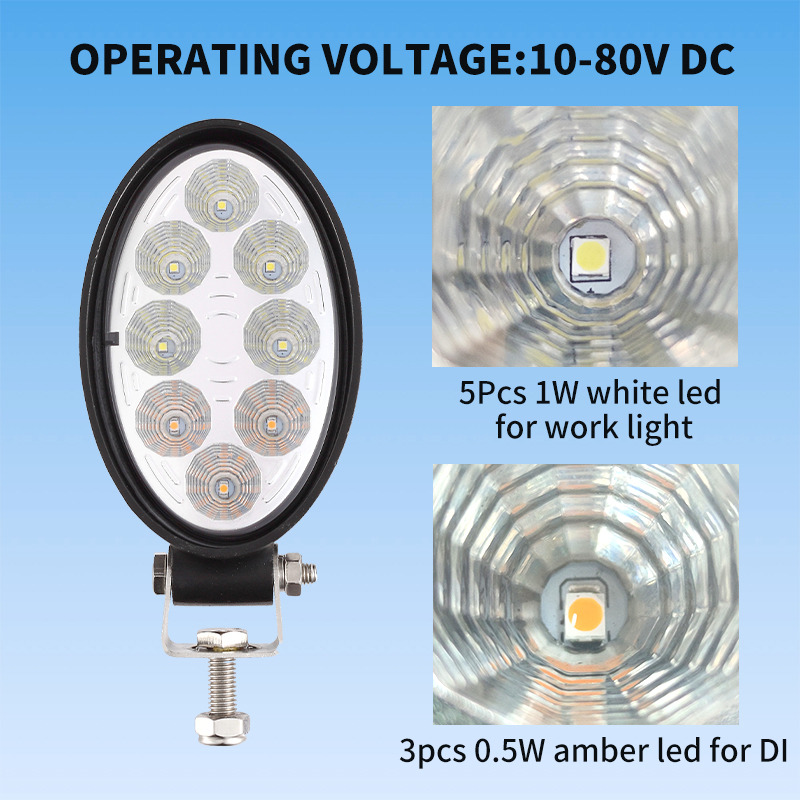
Despite the many advantages, LEDs are not without their downsides.
Upfront Cost
- Higher Initial Price
Quality LED products typically cost more than incandescent or CFL options.
- Long-Term Payoff
While they save money over time, the initial investment can be a barrier.
- Professional Installation
Some high-power LED systems require expert setup.
Compatibility Issues
- Dimming Limitations
Not all dimmer switches are compatible with LEDs.
- Transformer Needs
Low-voltage LEDs may require special transformers.
- Color Inconsistencies
Cheap LEDs may show variations in light color due to inconsistent manufacturing.
Heat Concentration
- Thermal Build-Up
If not properly managed, heat can accumulate in the fixture.
- Reduced Lifespan
Poor ventilation or design reduces the efficiency and lifespan of the LED.
Types of LED Lights

There are different types of LED lights, each designed for specific tasks or environments.
Miniature LEDs
- Low Power Consumption: Typically up to 20 mA and very low voltage.
- Widely Used: Found in indicator lights, remote controls, and displays.
- Versatile Mounting: Available in through-hole and SMD packages for flexibility.
High-Power LEDs
- Intense Brightness: Designed to handle higher currents for high-lumen output.
- Require Thermal Management: Usually mounted on heat sinks to prevent overheating.
- Ideal for Outdoor Use: Common in floodlights, streetlights, and vehicle headlights.
SMD (Surface-Mount Device) LEDs
- Compact Design: Mounted directly onto PCB boards for efficient integration.
- Cost-Effective Scaling: Great for residential and commercial lighting.
- Color and Intensity Control: Supports multiple color temperatures, including RGB variants.
COB (Chip-on-Board) LEDs
- Dense Chip Arrangement: Many small LEDs clustered on a single module.
- Superior Heat Dissipation: Uniform light output and better efficiency compared to numerous SMD chips.
- Applications: Used in industrial lighting, track systems, and high-output lamps.
OLED & MicroLED Panels
- Organic LEDs (OLEDs): Offer uniform area lighting with thin and flexible form factors.
- MicroLEDs: Tiny, high-efficiency LEDs for displays with premium color reproduction.
- Adaptability: Seen in high-end TVs, adaptive lighting panels, and wearable tech.
LED Color Guide and LED Lights Color Meaning
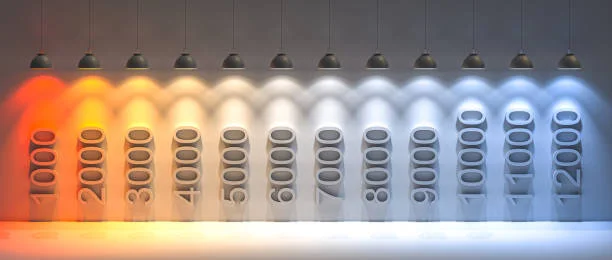
Choosing the right color matters—both practically and psychologically.
Understanding LED Color Guide (Color Temperature)
- Warm White (2700–3000 K)
Cozy, relaxing lighting—ideal for living rooms, lounges, and hospitality.
- Neutral White (3500–4100 K)
Perfect for kitchens, bathrooms, and office environments.
- Cool White (5000–6500 K)
Crisp light suitable for garages, medical facilities, and work areas.
LED Lights Color Meaning Files
- Red: Signifies warnings, alerts—used in clocks and status indicators.
- Blue: Calm, tech-savvy—fitting for accent lighting in lounges or tech gear.
- Green: Associated with eco-friendliness or safe status indications.
- Yellow/Amber: Used for attention or caution.
- Purple: Represents luxury and mood lighting, often in entertainment contexts.
CRI and Color Quality
- Color Rendering Index (CRI): 0–100 scale indicating accuracy of color under the light.
- Target CRI: For home and commercial use, choose LEDs with CRI 80+; artwork and retail may need 90+.
- R9 Value: Indicates red color reproduction—important for human skin tone and food presentation.
Choosing the Right Color Temperature
- Function Over Form: Choose lower Kelvin for relaxing environments; higher Kelvin for task areas.
- Personal Preference: Adjustable color temperature (“tunable white”) bulbs offer flexibility.
- Ambient Balance: Mix multiple temps for warm ambient light plus task-specific brighter light.
Advantages of LEDs
LEDs outperform traditional lighting across many metrics:
Energy Efficiency & Savings
- Lower Energy Consumption: LEDs provide the same brightness using far less power.
- Cost Benefits: Reduced electricity bills; studies show payback in 1–3 years for many residential installations.
- Environmental Impact: Reduced CO₂ emissions due to lower energy use.
Extended Lifespan
- Durability: 25,000–50,000 hours typical, up to 100,000 hours for premium products.
- Low Maintenance: Ideal for hard-to-reach fixtures like streetlights or high ceiling lamps.
Durability in Harsh Conditions
- Solid-State Build: Resistant to impact, vibrations, and temperature variations.
- Outdoor Reliability: With no filaments, LEDs cope well with cold or frequent switching.
Instant On/Off and Dimming
- Immediate Full Brightness: No warm-up time required.
- Compatible Dimming: Smooth dimming capabilities with proper drivers.
Environmental & Safety Benefits
- No Harmful Chemicals: Free of toxic substances like mercury.
- Cooler Operation: Safer to touch and suitable for enclosed spaces.
Conclusion
Best Auto Lamp, by Foshan Xinruilai Lighting Appliance Co., Ltd., is a reliable global supplier of LED automotive and industrial lighting, offering certified, energy-efficient solutions backed by 20+ years of expertise.
LED technology continues to transform modern lighting with its efficiency, durability, and versatility. By understanding LED principles, light types, voltage needs, and color meanings, users can make smarter lighting decisions. Despite a few limitations, the future of LED lighting—driven by innovation and practical use—remains bright and full of possibilities.
